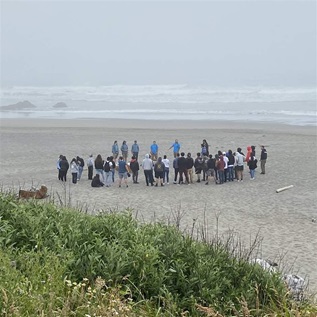New Recommendations for Using Election Data
The federal Election Assistance Commission recently issued several new quick-start guides aimed at assisting state and local election officials in effectively managing the voting process. These booklets include "4 Tips for Making Election Data Pay Off," which highlights four keys to success:
- Use data to support budget needs and improve operations. For example, collect detailed data on provisional ballots to understand why they are being issued and determine how best to reduce their use.
- Identify important data to collect. Compile statistics on critical measures such as voter registration, early and absentee voting, military and overseas voters, poll workers, and staffing and costs.
- Use reliable sources. Work with voting-equipment vendors to ensure that purchased technology can easily compile needed data and output it in usable formats.
- Conduct careful and ongoing analyses. Regularly examine collected data to understand trends and spot potential problems.
The guide also suggests that election officials look beyond their own offices for helpful data and resources. It recommends collaborating with other election offices of similar size within and outside their state and with staff at local universities to help collect and analyze data.
Several jurisdictions that use data collection to help inform and plan their work are featured in the guide, including three highlighted in previous dispatches: Wisconsin, Maricopa County, Arizona, and Orange County, California.
Pew’s 2012 report, Election Administration by the Numbers, focused on many of these issues and detailed the use of reliable data sources related to the elections process.
Follow us on Twitter using #electiondata and get the latest data dispatches, research, and news by subscribing today.











